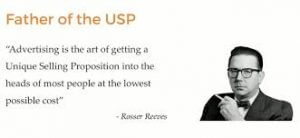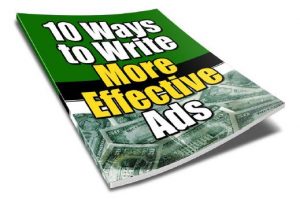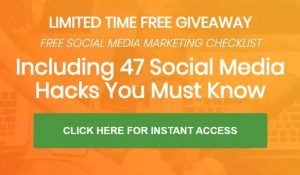The Unique Selling Proposition (USP)
Also known as the unique selling position, the USP is often one of the most oft-misunderstood elements of a good sales letter. It‘s what separates your product or service from your competitors. Let‘s take a quick look at some unique selling propositions for a product itself:

1) Lowest Price – If you‘ve got the corner marketed on budget prices, flaunt it. Wal-Mart has made this USP famous lately, but it‘s not new to them. In fact, selling for cheaper has been around as long as capitalism itself. Personally, I‘m not crazy about price wars, because someone can always come along and sell for cheaper. Then it‘s time for a new strategy…
2) Superior Quality – If it outperforms your competitor‘s product or is made with higher quality materials, it‘s a good bet that you could use this fact to your advantage. For example, compare Breyers Ice Cream to their competitor‘s. From the packaging to the wholesome superior ingredients, the quality is evident. It may cost a little more than their competitor‘s ice cream, but for their market, it sells.
3) Superior Service – If you offer superior service over your competitor‘s, people will buy from you instead. This is especially true with certain markets that are all about service: long-distance, Internet service providers, cable television, etc.
4) Exclusive Rights – My favorite! If you can legitimately claim that your product is protected by a patent or copyright, licensing agreement, etc., then you have a winner for exclusive rights. If you have a patent, even the President of the U.S. must buy it from you.
Ok, what if your product or service is no different than your competitor‘s? I would disagree, because there are always differences. The trick is to turn them into a positive advantage for you. You want to put your ―best foot forward.‖ So what can we do in this scenario?
One way is to present something that your company has devised internally that no other company does. Look, there‘s a reason why computer store ―A‖ offers to beat their competitor‘s price for the same product by X%. If you look closely, the two packages are never exactly the same. Company ―B‖ offers a free scanner, while company ―A‖ offers a free printer. Or some other difference. They are comparing apples to oranges. So unless you find a company with the exact same package (you won‘t…they‘ve seen to that), you won‘t be able to cash in.
But what if you truly have the same widget for sale as the guy up the road?
Unless your prospect knows the inner workings of both your and your competitor‘s product, including the manufacturing process, customer service, and everything in-between, then you have a little potential creative licensing here. But you must be truthful.
For example, if I tell my readers that my product is bathed in steam to ensure purity and cleanliness (like the cans and bottles in most beer manufacturing processes), it doesn‘t matter that Joe‘s Beer up the road does the same thing. That fact that Joe doesn‘t advertise this fact makes it a USP in your prospect‘s eyes.

Want some more USP examples?
– We are the only car repair shop that will buy your car if you are not 100 percent satisfied with our work.
– Delivered in 30 minutes or it‘s on us!
– No other furniture company will pay for your shipping.
– Our recipe is so secret, only three people in the world know it!
As with most ways to boost copy response, research is the key with your USP. Sometimes your USP is obvious, for example if you have a patent. Other times you must do a little legwork to discover it (or shape it to your target market).
Here‘s where a little persistence and in-person selling really pays off. Let me give you an example to illustrate what I mean:
Suppose your company sells beanbag chairs for kids. So you, being the wise marketer that you are, decide to sell these beanbags in person to prospects before writing your copy. After completing twenty different pitches for your product, you discover that 75 percent of those you visited asked if the chair would eventually leak. Since the chairs are for kids, it‘s only logical that parents would be concerned about their youngster jumping on it, rolling on it, and doing all things possible to break the seam and ― “spill the beans.”
So when you write your copy, you make sure you address that issue: “You can rest assure that our super-strong beanbag chairs are triple-stitched for guaranteed leak-proof performance. No other company will make this guarantee about their beanbag chairs!”
This post is an extract from 10 Ways to Write More Effective Ads.

You can download your copy for free – just click the link above.

